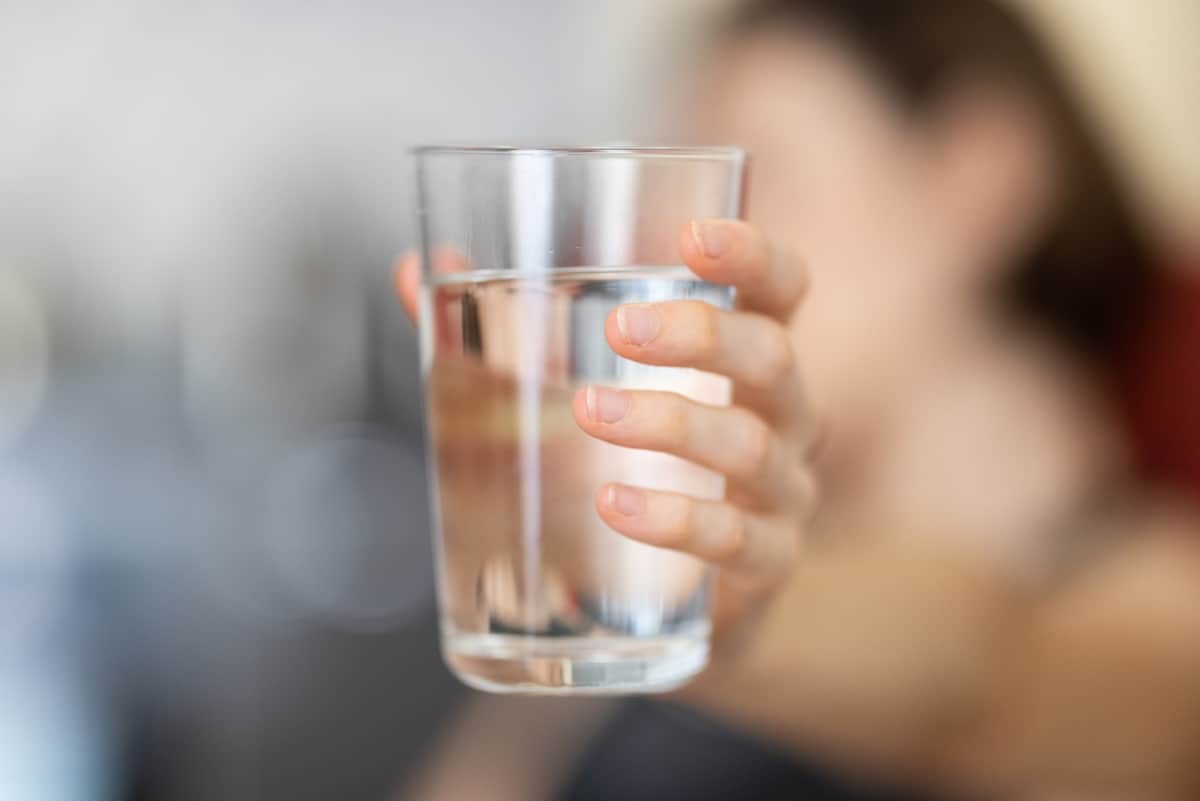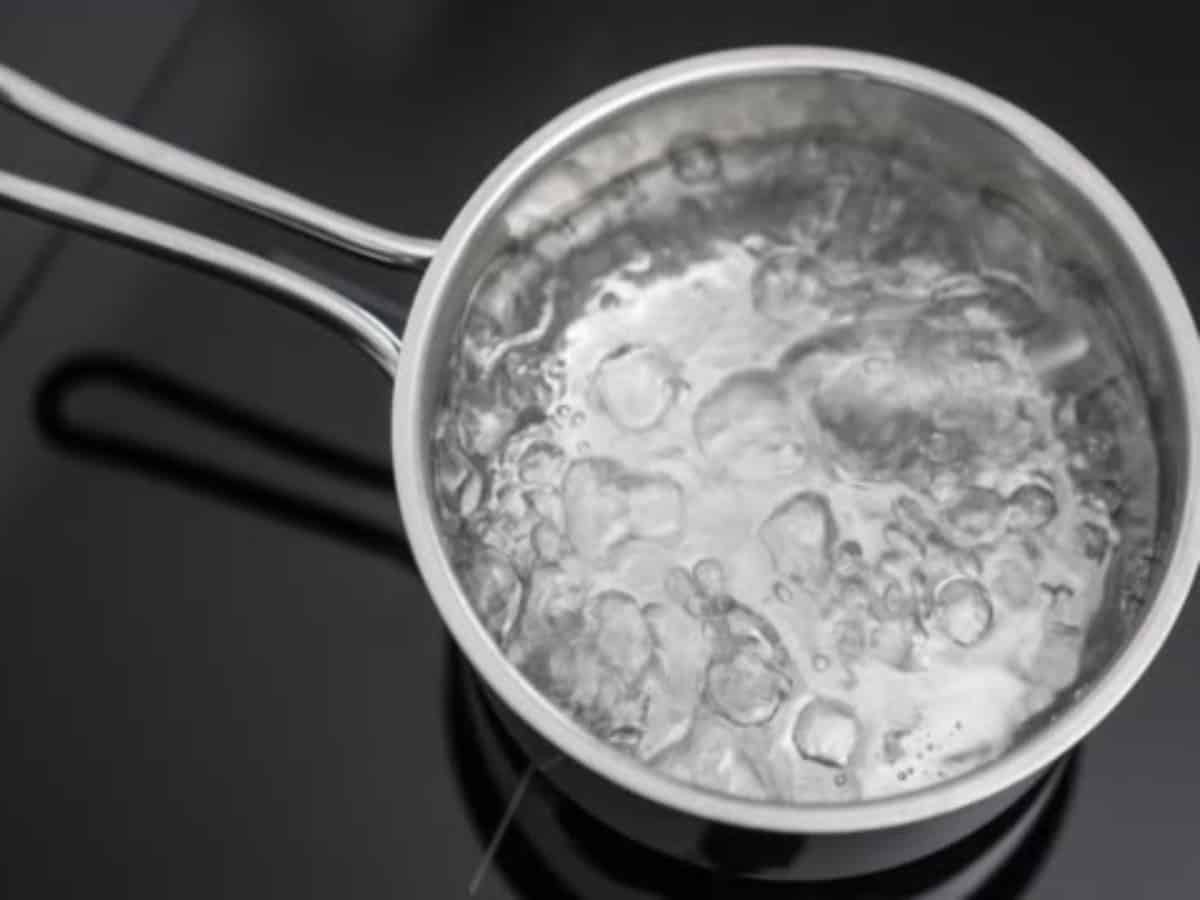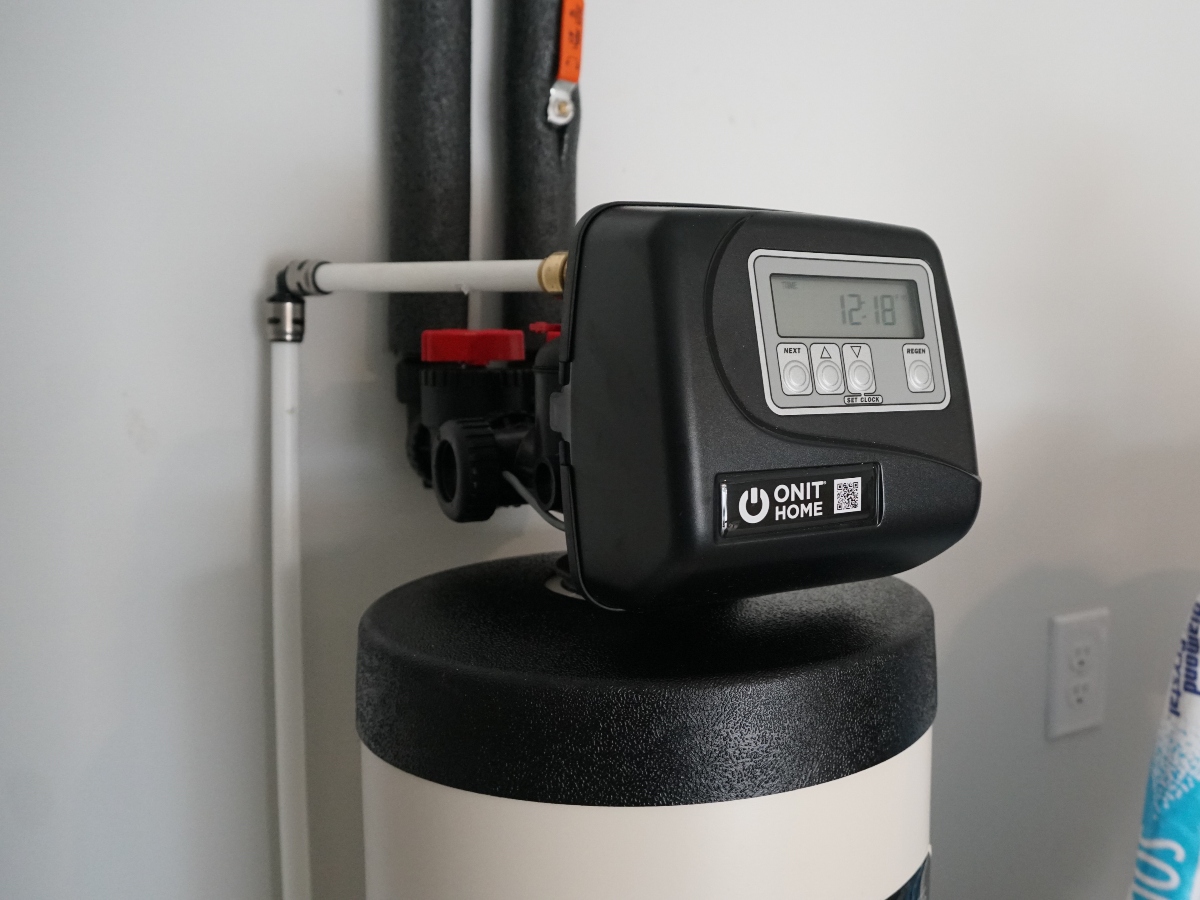According to statistics in 2020, 74% of the global population had access to a safely managed water system. This shows a 4% increase since 2015. So there has been some progress in increasing access to potable water, although it’s at a slow pace. But what is potable water, and what is it used for? Potable water is water treated to remove impurities, such as bacteria, viruses, and chemicals, to become safe for drinking. It’s an essential resource for human health and well-being and is suitable for drinking, cooking, and cleaning.
This article will take a closer look at potable water, including what it is and how it is used. We will also provide ways to ensure your water supply is safe and clean.

What is Potable Water?
Potable water is water that is clean and safe to drink. The water is treated to remove impurities that can make people sick. Potable water is vital for public health because it prevents the spread of waterborne diseases. In addition, it eliminates the risk of chronic diseases caused by drinking polluted water. Safe drinking water is becoming scarcer each day, especially in developing countries. According to UNICEF, about 2 billion people reside in countries with insufficient water supplies. However, organizations are working towards addressing this issue.
Sources of potable water include surface water, such as lakes, springs, rivers, and reservoirs. The water is treated at a water treatment plant before distribution to homes and businesses. Most cities and towns get their water from the city water. Some homeowners get their potable water from private wells, meaning groundwater is also a source of potable water. If you test and treat water from your well, it’s safe for drinking and other domestic uses.
So, what is potable water used for? Potable water is for drinking, cooking, cleaning, bathing, washing toilets, and laundry. It is also used in industries that require clean water for processing or manufacturing.
So you may be wondering, “why is it called potable?” Potable is a Latin word, “potare,” which means “to drink.”
What is Potable Water Reuse?
To avoid the strain on water drinking sources, scientists have devised ways to recycle water, one of which is potable water use. This involves making wastewater safe for drinking. So, potable water reuse is the process of treating wastewater that treatment plants have previously treated to remove pollutants and make it potable. People can then use this water for various purposes, including drinking.
There are two types of potable water reuse; indirect potable reuse and direct potable reuse.
- Indirect potable reuse (IPR): The process involves using an existing water source, also known as a buffer—like a lake or a stream—to clean the water before recycling it back into your home. The water that comes from the municipality to your home is already treated. When you use it, like, let’s say to wash the dishes or flush the toilet, the wastewater goes into a treatment facility. Here, the water is treated, filtered, and then released to a water source such as a lake or river. It then goes through natural treatment in the environmental buffer as it finds its way to the next city. The city then treats and releases it to locals, and the cycle continues.
- Direct potable reuse (DPR): Potable water reuse is the process of using wastewater to make potable water without relying on the environmental buffer. Unlike indirect potable reuse, where there’s a buffer, DPR uses highly advanced systems to recycle the wastewater and return it to your home.

What’s the Importance of Potable Water?
It’s never a secret that water is crucial to any living thing. Potable water is not only essential for our survival, but it’s also necessary for our health and well-being. Safe drinking water helps eliminate all kinds of toxins in your body and also boosts your overall immunity. On the other hand, non-potable water can lead to illnesses and other preventable health risks.
What Are the Characteristics of Potable Water?
Knowing what makes water potable is important to ensure you prevent health risks that come with contaminated water.
- Potable water should be odorless, tasteless, and colorless.
- It should not have harmful substances such as arsenic, lead, or other heavy metals.
- It should not contain any microbiological contaminants such as bacteria or viruses
- It should be transparent.
- Contain some minerals and salts to be helpful in your body
What Makes Water Unsuitable for Drinking?
Water can be unsafe to drink if it contains too much of certain substances. According to the U.S Environmental Protection Agency (EPA), chemicals, microorganisms, and radionuclides are pollutants that make water not safe for drinking.
- Chemicals: Water can get contaminated with chemicals and other organic compounds from the environment, like solvents, heavy metals, petroleum products, pesticides, and fertilizers. These chemicals cause health issues like cancer and congenital disabilities if ingested by humans.
- Microorganisms: Bacteria, viruses, and parasites can also cause illness when consumed in large quantities through the water. Some pathogens can lead to illnesses such as typhoid, cholera, and hepatitis.
- Radionuclides: Radionuclides are naturally occurring radioactive substances such as radium and uranium. They occur in the soil and rocks in small amounts. However, consuming water with radioactive substances for a long time increases the risk of cancer and kidney problems.
- Physical contaminants: These are contaminants that impact the aesthetic or physical properties of water, such as taste and color.
Is Tap Water Potable?
In most cases, yes. But there are some exceptions. Most people assume that tap water is always potable. However, this is not always the case. While water from your tap is generally safe to drink, there are some instances where it may not be potable. You can contact your city water company and request a water report. A water report can help you understand the water quality in your tap. Nevertheless, it’s good to note that even though tap water is thoroughly treated before its release, some contaminants may still be present in your water. For example, the plumbing systems can leach chemicals such as lead into the water, causing your water to be contaminated.
For well owners, it’s crucial to test your water at least once a year or in case you suspect its quality is compromised. As an example, the water supply may become contaminated with bacteria or other harmful substances if a major storm or flooding occurs. If you’re unsure of your water, it’s best to err on the side of caution and boil the water before drinking it.

How Do You Ensure Your Water Is Potable?
You can never be too sure of your drinking water, even if it’s from the municipality. The best thing is to buy a test kit and do it yourself or let a professional do it for you. This is because an expert will identify all possible issues with your water and recommend a system that will meet your home needs.
Here are simple ways to ensure you get potable water in your home.
- Boiling: The most effective way to kill bacteria and viruses that can cause illnesses is by boiling water. Let the water boil for like one minute to ensure all pathogens are eliminated. However, it’s good to note that boiling eliminates microorganisms effectively and does not remove some contaminants, such as hard metals.
- Disinfecting: You can use unscented chlorine bleach, tablets, or powder to disinfect your drinking water. Ensure you read the label carefully to use the right amount of water and disinfectant. Chlorination is excellent for making your water potable if treating it to kill parasites, bacteria, and viruses.
- Filtering: Water filtration is a process that removes unwanted contaminants from water. These contaminants can be any substance, including bacteria, viruses, and other impurities. The effectiveness of a water filter will depend on its type. Some water filtration methods include reverse osmosis, activated carbon, and ultraviolet light. Another excellent option for making your water potable is a whole home filtration system.

Get Clean Water Using a Whole Home Water Filtration System From ONIT Home
So, what is potable water? Potable water goes through some treatment and meets specific standards, making it fit for drinking. It’s crucial to ensure your whole home has potable water to keep your loved ones healthy. Although there are different ways to make your water potable, a whole home water filtration system can be the best choice.
A whole home water filtration system eliminates 99.99% of contaminants. In addition, you can enjoy clean, tasty, and odorless water, save on expenses, improve your skin & hair health and reduce plastic waste. You will also benefit from the assurance that your family is safe from the health concerns associated with contaminated water.
Get your whole home water filtration system from ONIT Home to enjoy all the above benefits. We also provide a free water test and interpret the result for you. This way, you will understand what’s in your tap water. Reach us today for a free quote. You can also call us and let us know how we can help you. Our experts are available to answer your questions. Need potable water in your home? We’re ONIT!
Call us today at 1-833-433-0331 to get started!



